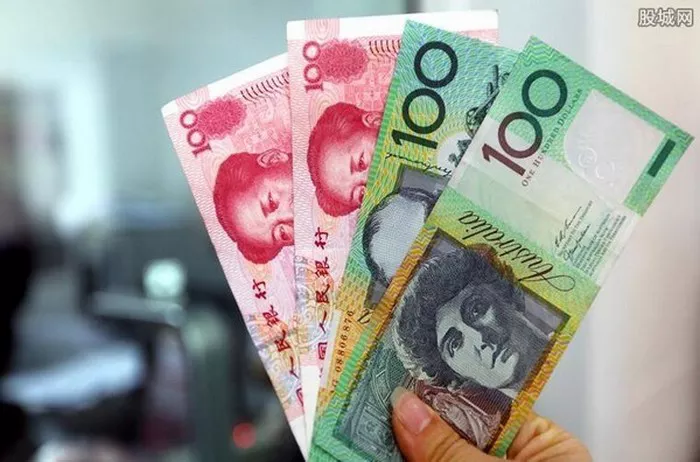On Friday, the Australian Dollar (AUD) demonstrated a strong upward momentum, recovering from a recent three-month low at 0.6508 recorded on Thursday. The US Dollar (USD) faced downward pressure, influenced by a blend of mixed economic data from the United States (US). Adding to the positive sentiment for the Australian Dollar, improved Producer Price Index (PPI) data played a pivotal role in supporting the AUD/USD pair.
According to the Australian Bureau of Statistics, the PPI (YoY) for the fourth quarter showed promising growth, marking a rate of 4.1%, surpassing the previous growth figure of 3.8%. The robust performance in the Australian money market further contributed to strengthening the Aussie Dollar. Analysts, as per a Reuters Poll, unanimously expect the Reserve Bank of Australia (RBA) to maintain the interest rate at 4.35% in its February policy meeting.
Former RBA board member Warwick McKibbin has suggested a prolonged period of stability for the Australian cash rate around 4.5%. However, the Australian Dollar faced challenges as bond traders heightened expectations of early interest rate cuts by the RBA following an unexpectedly weak quarterly inflation report. Futures markets are fully pricing in two quarter-point reductions in 2024, with the initial adjustment anticipated in August.
The US Dollar Index (DXY) experienced losses due to mixed economic data from the US on Thursday, compounded by subdued US Treasury yields. Initial Jobless Claims for the week ending January 26 rose to 224K, exceeding both the prior increase of 215K and the expected figure of 212K. Conversely, the ISM Manufacturing PMI showed improvement, rising to 49.1 from the prior reading of 47.1, surpassing the anticipated figure of 47.0 in January. On Friday, additional labor data, including US Average Hourly Earnings and Nonfarm Payrolls (NFP), is scheduled for release, contributing to the overall dynamics of the currency market.


